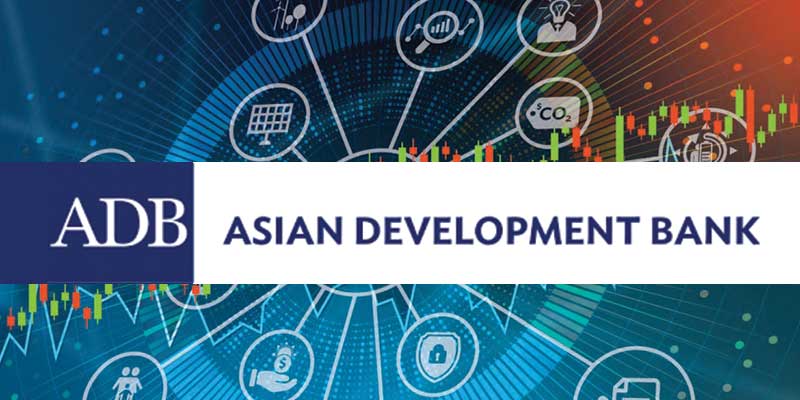- India
- Feb 10
India, ADB sign $200 million loan pact for flood control mechanism in Assam
The Union government and the Asian Development Bank (ADB) signed an agreement on February 9 for a $200 million loan to strengthen flood and riverbank erosion risk management along 650 kilometres long main stem of the Brahmaputra River in Assam.
Highlights of the project:
• The Brahmaputra River is one of the world’s largest river systems.
• The project’s innovative cost-effective structural and advanced non-structural measures will strengthen Assam’s capacity to better manage flood and riverbank erosion risks, hence enhancing disaster resilience of the state and affected communities.
• The project builds on the success and lessons from the ADB-financed Assam Integrated Flood and Riverbank Erosion Risk Management Investment Programme (2010–2020) and similar investments in Bangladesh and will continue to tackle recurrent flooding and continual riverbank erosion of the Brahmaputra River.
• The project will apply a holistic, integrated, and risk-informed approach to scale up investment in flood and riverbank erosion risk management and its long-term planning, while intensifying support for climate and disaster resilience and food security.
• By optimising co-benefits and empowering women through disaster-resilient economic activities, the project will benefit about one million people and increase crop production over 50,000 hectares.
• By stabilising 60 km of banks, installing 32 km of pro-siltation measures, and building 4 km of climate-resilient flood embankments in five high-priority districts (Dibrugarh, Goalpara, Kamrup Rural, Morigaon, and Tinsukia), the project will secure living spaces, support livelihoods, create employment opportunities, and ultimately enhance the navigability of the river.
• It will advance the institutional capacity in flood forecasting and warning systems, modern surveys, erosion and embankment breach modeling, asset management, flood risk mapping, land use planning, and pilot nature-based solutions and the graduation approach.
• The Flood and River Erosion Management Agency of Assam will lead, manage, and coordinate the project activities. The Water Resources Department of the state government will implement the works and the Assam Agroforestry Development Board will use nature-based solutions.
• The Brahmaputra Board, the Assam State Disaster Management Authority, and the Assam Inland Water Transport Development Society will be partner agencies of the project.
Asian Development Bank
• The Asian Development Bank (ADB) envisions a prosperous, inclusive, resilient, and sustainable Asia and the Pacific, while sustaining its efforts to eradicate extreme poverty in the region.
• From 31 members at its establishment in 1966, ADB has grown to encompass 68 members — of which 49 are from within Asia and the Pacific and 19 outside.
• ADB assists its members, and partners, by providing loans, technical assistance, grants, and equity investments to promote social and economic development.
• ADB maximises the development impact of its assistance by facilitating policy dialogues, providing advisory services, and mobilising financial resources through cofinancing operations that tap official, commercial, and export credit sources.
History of ADB
• ADB was conceived in the early 1960s as a financial institution that would be Asian in character and foster economic growth and cooperation in one of the poorest regions in the world.
• A resolution passed at the first Ministerial Conference on Asian Economic Cooperation held by the United Nations Economic Commission for Asia and the Far East in 1963 set that vision on the way to becoming reality.
• The Philippines capital of Manila was chosen to host the new institution, which opened on December 19, 1966, with 31 members that came together to serve a predominantly agricultural region. Takeshi Watanabe from Japan was ADB’s first president.
ADB and India
• India was a founding member of ADB in 1966 and fourth largest shareholder.
• ADB started operations in India in 1986.
• As on December 31, 2022, it had committed $52.28 billion in sovereign lending in the country and $6.75 billion in non-sovereign lending and investment.
• ADB’s current India portfolio comprises 64 projects worth about $16 billion across the transport, urban, energy, human development, agriculture and natural resources, and finance sectors.
Manorama Yearbook app is now available on Google Play Store and iOS App Store

